Is it chicken eye or a viral wart?
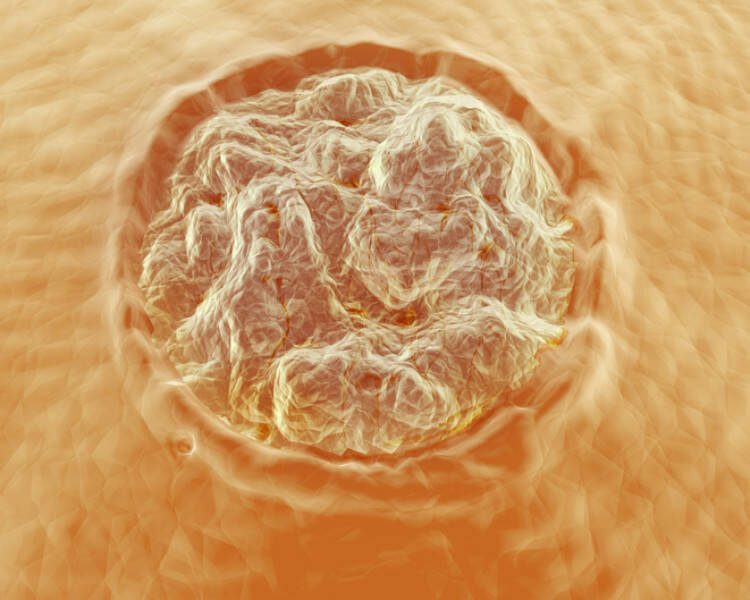
They occur mainly on the face, neck, hands, feet, but can appear anywhere on the body. They are disturbing, unaesthetic and cause pain in the area where they are located. They are a common reason for a visit to the skin doctor. We are talking about skin growths, of which there are several types. However, the most common are warts (veruccae) and corns (clavus). The differences between them are noticeable. In this article you will read how to diagnose them correctly, but also how to treat them effectively.
Article content
Chicken eye and viral warts are both skin growths. They are not dangerous, rather they limit people aesthetically. The differences between them are visible to the naked eye and can be removed in different ways.
What are skin growths, why and where do they occur?
The skin is the largest organ of the human body. It protects it from external influences, physical, chemical and biological (viruses, bacteria, fungi). These factors, or a combination of them, result in the formation of various skin growths. The place of formation and the type of growth directly depend on the causative factor.
A cutaneous growth is a formation on the skin of varying size, shape, colour and consistency. They appear anywhere on the body. Some are typically found on the face, others on the leg or fingers.
If they are supplied by blood vessels and have their own innervation (nerve supply), they cause soreness and their removal is often very painful. Some of them are bothersome because of itching.
Warts and corns - causes of their occurrence
A wart (verrucae) is a viral disease caused by the human papillomavirus (HPV virus). It causes a benign growth in the skin epithelium (lining). The result is the formation of a hyperkeratotic (excessively cornified) skin deposit.
They also occur due to autoinoculation (transfer of microorganisms) to sites that are predilectively (defined, intended) less supplied with blood vessels and are less well vascularised. These sites are more likely to develop thicker skin to which the virus is secondarily transferred.
On the other hand, corns (clavus) are caused mechanically. Due to prolonged and constant pressure on a specific area of the skin (for example, due to the pressure of a bad shoe on the big toe), local cornification (hyperkeratosis) occurs. A callus (tyloma) later forms at this predilection site.
If the pressure persists, it digs deeper and forms a clavus. Part of it protrudes above the level of the skin. The larger part extends into the crevice, thus compressing the nerves and causing local pain. This means that the cornea is larger than what we can actually see with the naked eye on the surface.
Where can warts be seen everywhere?
The location of viral warts depends on the type of wart. There are many types of warts, which also differ from each other in size, shape and also the location in which they typically occur. This is because viral warts are caused by the same human papillomavirus, but a different strain.
Veruccae vulgaris
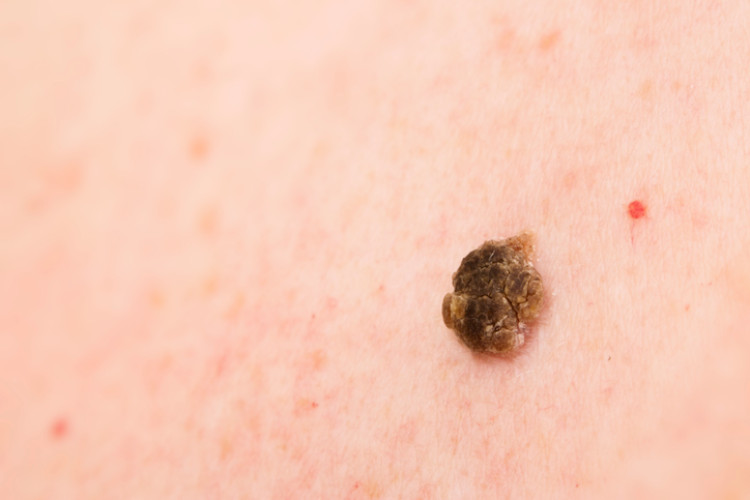
Veruccae vulgaris is most commonly found on the hands and face, but can be seen anywhere on the body. It affects children and adults in equal measure.
The wart is spherical in shape and ranges in size from the size of a pinhead to several centimetres. Its consistency is more rigid with a rougher surface, which is formed by a layered and cracked keratosis. The colour is greyish to grey-yellow.
It occurs in isolation (singly) but can also form ugly, multiple to multiple clusters. A larger (mother) wart is found in the centre and smaller (daughter) warts are visible in the surrounding area.
Veruccae digitata
Most often in the hair, on the face, preferably on the chin. It is also called a finger wart because it is formed by cornified growths that grow from its surface and resemble the shape of fingers. In addition to affecting the skin, it does not omit the mucous membranes.
Veruccae filiformis
Veruccae filiformis appears on the face, eyelashes, lips and neck. The predilection areas are therefore those parts where the skin is very delicate. It often affects adults.
A filiform wart is a small, soft growth that resembles a thread or a stalk with its narrow, elongated shape. These types of warts are very delicate and can be easily caught. They bleed. Bleeding is dangerous because the wart spreads very quickly to the surrounding area and forms clusters of multiple warts.
Veruccae plantaris
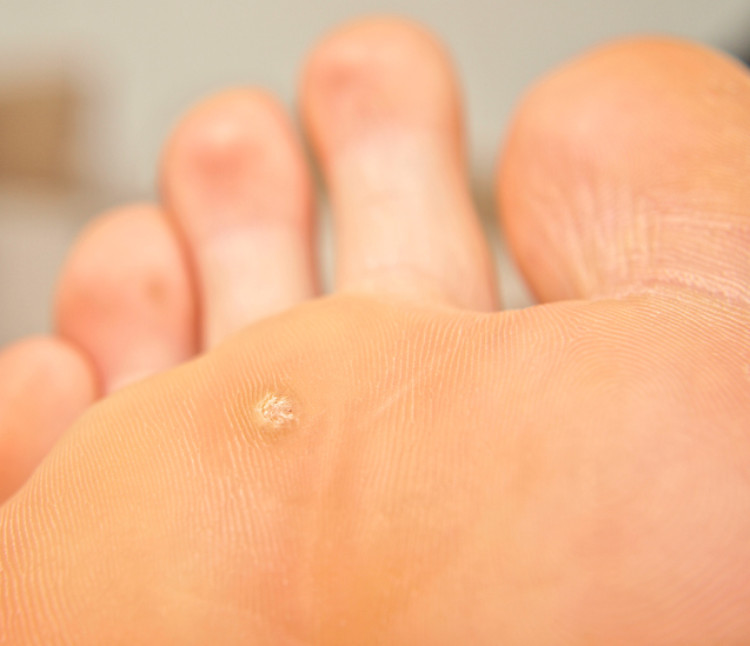
Similar in appearance and location (foot, heel) to a plantar wart is the veruccae plantaris, or plantar wart. Like the clavus, it arises in areas predisposed to pressure.
At first, it is inconspicuous, smooth, does not protrude to the surface. It is coloured yellow. If not treated immediately, it grows and protrudes to the surface. It is elliptical in shape.
Veruccae plana
Juvenile (childhood type) warts called veruccae plana or flat warts are seen on the face and inner sides of the upper and lower limbs (wrists, ankles). This type mainly affects children.
They are flat, smooth, slightly protruding and pinkish in colour. The diameter of one wart can be up to 5 mm or so, but rarely do warts form in solitary form. Usually there are several, sometimes hundreds, and they are itchy.
Veruccae genitalis
On the genitals and anus there are so-called veruccae genitalis warts, which are light pink in colour.
They are soft, with a smooth surface, but can harden if left untreated. Sometimes they have the shape of a pinhead on a stalk, which is supplied with blood vessels.
They occur in clusters, resembling a cauliflower in appearance. They are not painful, but they do cause an unpleasant itch. They are transmitted by sexual intercourse and often bleed during intercourse. They are considered the most common sexually transmitted disease ever.
Veruccae senilis
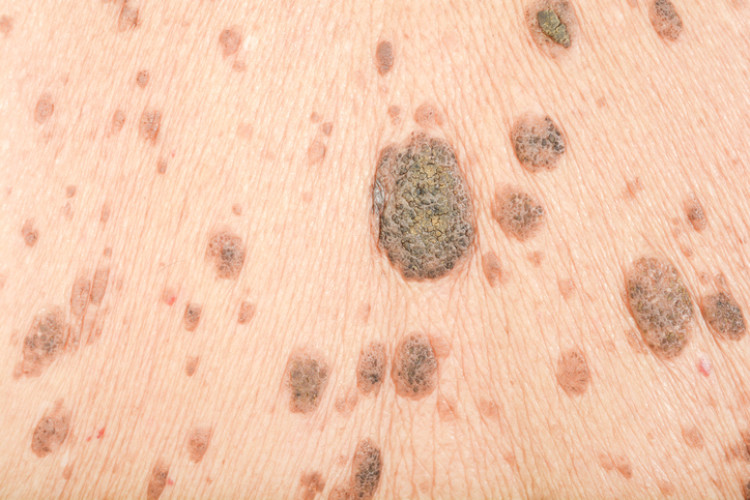
Senile warts are typical of older people, occurring on the skin of the old man, predominantly on the chest, but also on the face.
We call them veruccae senilis or so-called old age warts. The name refers to the typical age at which they arise.
They are flat, yellow-brown to black-coloured warts with an oily surface. They are uneven in shape and slightly raised.
They occur anywhere on the skin, but are most commonly seen on the skin of the back. They occur in large numbers close together.
What is a cornea and where does it occur?
Corns only occur in areas that receive excessive prolonged or repeated pressure or friction from dead, keratinized skin.
This is most commonly caused by unsuitable narrow footwear that presses on the toes of the lower limbs or creates lateral pressure. The foot is also usually affected.
The risk is also increased by a warm, damp and airless environment (some types of inappropriate footwear). Repetitive pressure on the toes of the upper limbs is also caused by repetitive activities with a load on the hand, specifically on a certain part of it (trimming bushes, manual production of certain objects...).
How to diagnose them correctly?
In order to correctly determine whether it is a wart or a corneal eye, several aspects must be evaluated. The appearance of the formation itself plays the greatest role, followed by its size, shape, consistency, localization and predilection site. The appearance of the formation itself has the greatest diagnostic value.
Warts
Verrucae are formed at the site of inoculation by micro-organisms. Initially, they form a rigid papulose mass of the same colour as the skin. Gradually, their surface becomes larger, rougher than the surrounding tissue and turns yellow and sometimes brown. Their size does not usually exceed 1 cm.
Conglomerates of warts can reach several centimetres in size. They are shaped like a small bump the size of a pinhead, spherical in shape, pea-sized, but also flat in skin colour. Warts are painless with a rougher surface due to their subsequent cornification.
Chicken eyes
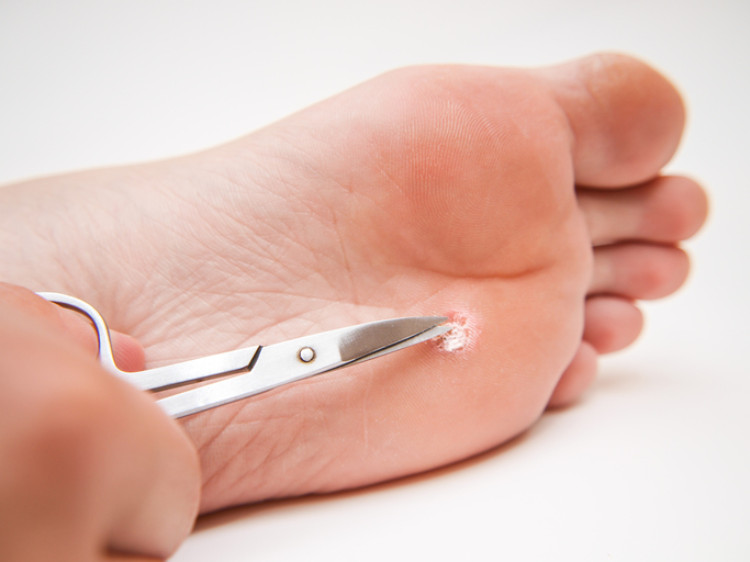
A clavus is always a visibly circumscribed keratosis of a circular, sometimes elliptical shape with a rough surface and a cone-shaped core formed by a larger deposit of cornified skin (root) located deeply.
The smaller part protrudes to the surface, the larger part extends deeper into the joint. Only the protruding part is visible to the naked eye.
It is easily confused with the callus (typhioma) from which it ultimately arises. The basic diagnostic difference is that the callus is not yet painful and the cornea causes pain and has a clear margin.
Chicken eye - division
Soft cornea usually arises on the fingers of the hands due to friction. A callus is formed. This later becomes a clavus when the causative cause is not eliminated. It becomes soft with a ring-shaped nucleus by the action of heat and dampness through sweating.
The hard cornea is found on the toes, where the keratosis is more noticeable. If the cause persists, it becomes increasingly hard and painful. Capillaries (hair cells) can be seen in the core. To the eye, these are small black dots in the middle of the cornea.
The key is prevention.
Preventive measures are the key to the development of corns and warts. The treatment is lengthy and unpleasant, the growths themselves often cause itching and pain. For this reason, it is more effective to be cautious and avoid their appearance. It is advisable to always think one step ahead.
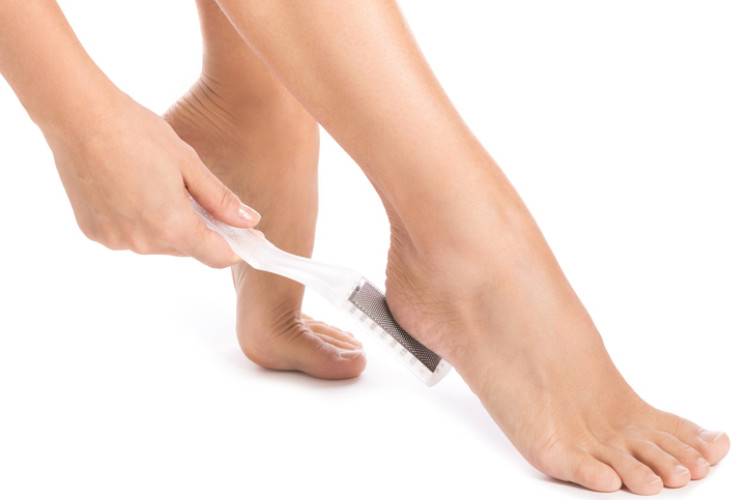
Prevention of warts
- Caution is advisable in public areas such as swimming pools, showers in fitness centres or health care facilities. It is recommended that these places and showers are visited only with protection in the form of slippers to avoid skin contact with the virus. There is an increased risk when the skin is injured and the virus easily enters the body.
- Hygiene habits should be increased and only use your own towels, underwear, socks, washing sponges, razors and other hygiene items.
- In particular, direct contact with the wart should be avoided. If it does occur, it is essential to wash and disinfect the contact part of the body properly, especially the hands and feet.
- The warts that have formed should be isolated with a plaster, not scratched and not transmit the virus. Observe hygiene measures when treating warts.
Preventing the development of chicken pox
- The first priority is to prevent the formation of cornified skin, mostly on the feet, by wearing appropriate footwear, creams and products to soften the skin, or removing the rough skin with a planer or directly in pedicure salons.
- Feet should be kept clean, dry and with socks that absorb moisture well (for example cotton socks).
- Tight and airless shoes should be avoided. High-heeled shoes are also inappropriate when worn regularly.
- It is advisable to take regular foot baths or masks at least once a term.
What treatment is appropriate?
There are many tips and tricks on the internet on how to remove warts or corns. Treatment is broadly divided into home treatment, which is lengthy and usually ineffective, and pharmacological treatment. The latter is also painful, but products designed to remove these skin growths are more effective.
Modern times also offer laser solutions for removing warts and corns or freezing with liquid nitrogen. The quickest solution still remains their surgical removal.
Home treatment of warts and corns
- Many people use adhesive tape. However, with this, only the removal of the superficial epithelial layers of the skin is possible. Usually after a long effort, another solution is needed anyway.
- Slightly more effective than duct tape is garlic, which is known for its antimicrobial and antiviral properties. However, with skin growths, its ability to burn the damaged skin, causing it to slowly begin to peel, is at the forefront.
- The hot bath softens the skin, which is then easier to remove using pedicure tools. This method is suitable for both growths described.
Pharmacological treatment
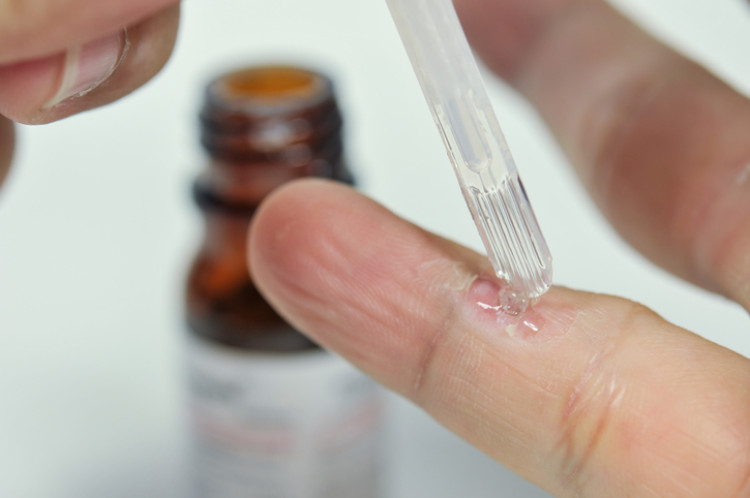
- For both warts and corns, keratolytic ointments containing 10-40% acetylsalicylic acid are suitable. This acid is the main component of a temperature and pain reliever known as acylpyrine.
- For warts, cytostatics with 5-fluorouracil are effective.
Modern medicine
Medicine is making advances in all areas. There are currently many options in the treatment of skin growths. These include:
- Freezing of corns and warts with liquid nitrogen.
- X-ray therapy.
- Laser removal of growths.
- Galvanocautery, now known as electrocautery.
- The quickest way to remove corns and warts is surgical. This involves abrasion or surgical excision of the affected area. This method is mainly used for larger growths where the above methods lose their effectiveness. The advantage is the excision of the growth with the root. It leaves scars.










